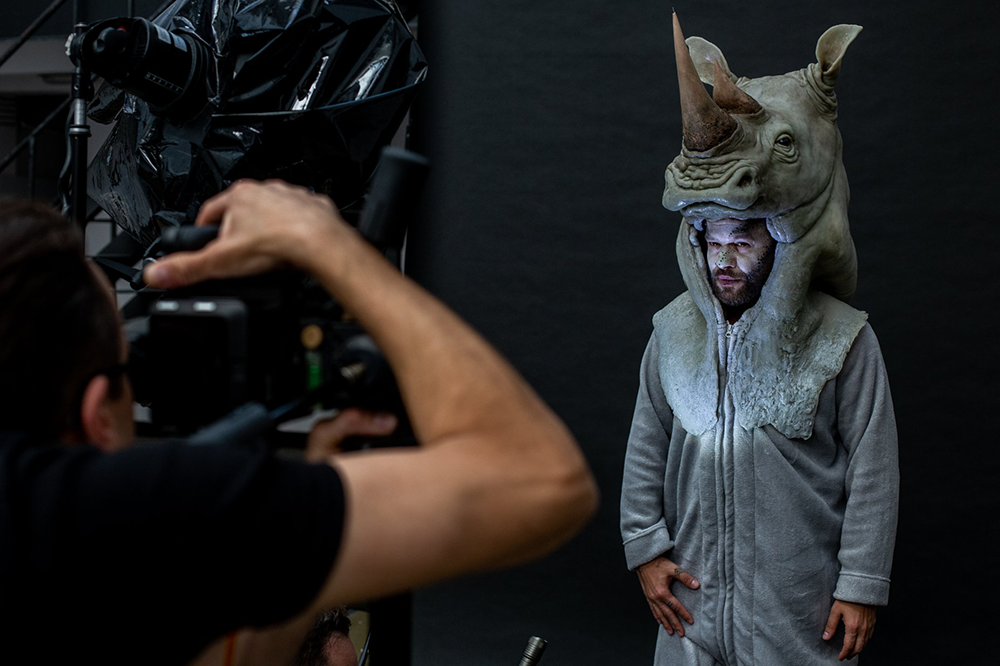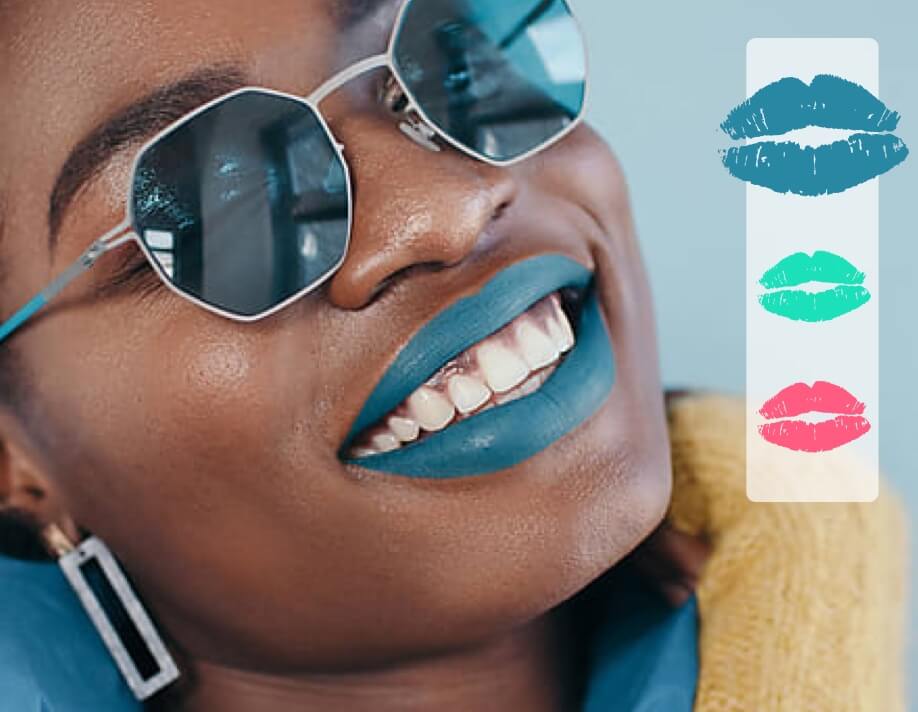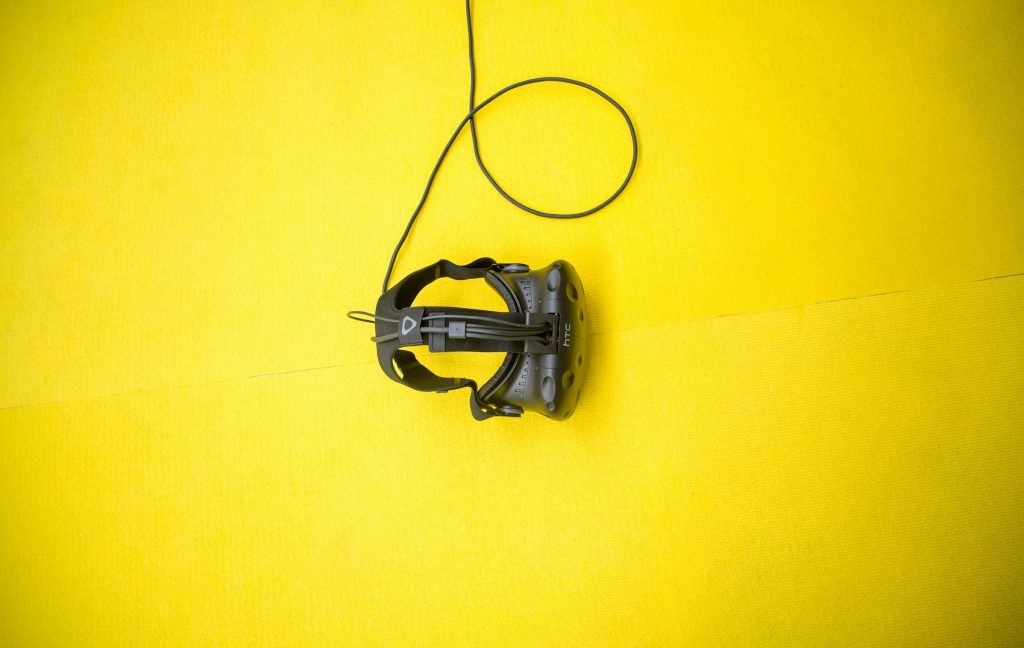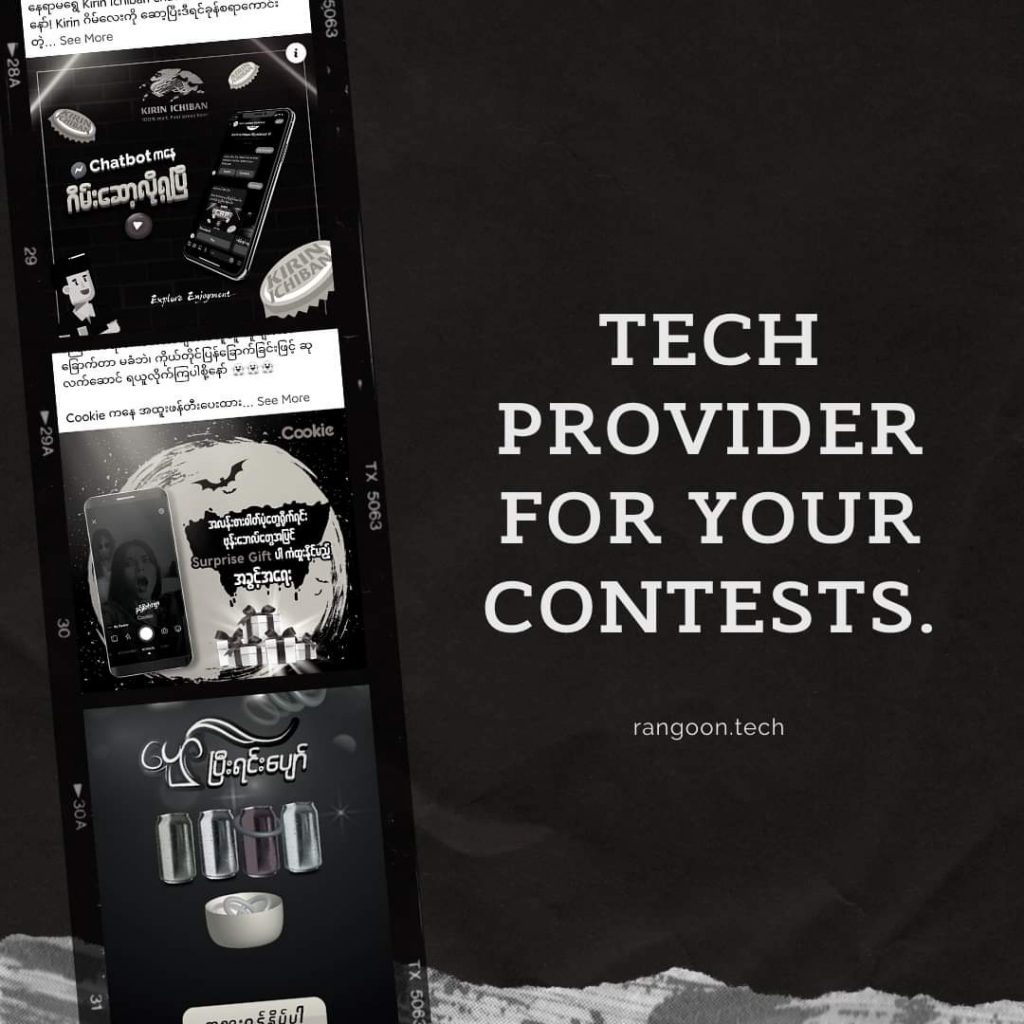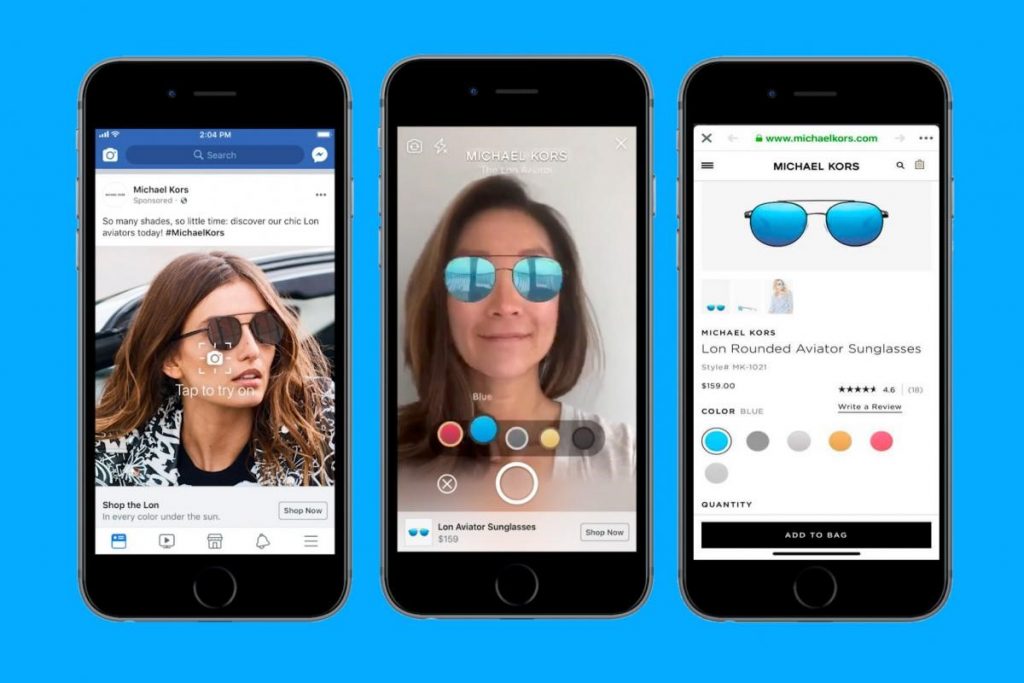For campaigners and brands, finding ways to help people connect with issues like the environment can be a challenge.
“A recurrent problem with the changes affecting our environment is that a large number of people aren’t seeing them coming to their world,” says Isabelle Quevilly, who is the UK head of Facebook’s creative strategy unit, Creative Shop.
Now, a range of campaigns are using augmented reality (AR) technology as a solution.
Expressing yourself
One experience, part of an innovative campaign from Facebook London Creative Shop in collaboration with production studio Unit9, allows users to experience what London’s Trafalgar Square could look like if the concerns of climate activists came to pass.
Created for the September 2019 Global Climate Strike, the smartphone experience overlays users’ view of the square, where the strike congregates, with a flooded, grey wasteland.
The grand buildings that surround it in reality are crumbling, and a chunk has fallen out of Nelson’s Column—a classic backdrop for tourist photographs.Making it relevant
“AR is a great visual way to enable people to understand through a channel they use regularly, such as Instagram.”
—Isabelle Quevilly, UK Head of Creative Shop
Making it relevant
Teaming up with Facebook’s Spark AR platform, National Geographic designed its first ever AR-enabled cover for Earth Day 2020.
By following a link from the magazine’s website or selecting a special “The World in 2070” filter on Instagram, readers could load a virtual cover which projects onto any flat surface.
Once launched, an interactive globe allows readers to select any of 12 different cities to view the predicted high and low seasonal temperatures and average rainfall in 2070.
The experience then compares this future environment to a city which currently has similar weather. For instance, Los Angeles in 2070 will likely feel like present day Quezzanne, Morocco.
This interactive element gives “a real closeness to this new perspective on the world,” says Quevilly.
Creating connections
AR isn’t just about understanding – it can bring people together, too.
“With our client the World Wildlife Foundation (WWF), we used the occasion of Halloween to show Polish people something hardly visible but very real and scary: the mass extinction of species,” explains Malgorzata Nierodzinska, a creative strategist with Facebook Creative Shop.
Defined as “near threatened” – which means the species is close to being at high risk of extinction in the near future – the WWF set out to raise awareness of the white rhino.
For this campaign, one challenge was a limited budget. But what the campaign lacked in funding it made up for in goodwill from celebrities and influencers.
With a goal to build awareness in Poland, the team enlisted Michał Piróg, a dancer, actor and television personality with over 500,000 Instagram followers.
The Instagram campaign showed Piróg dressed in a white rhino costume, accompanied by the slogan #realscary.
Using a combination of influencers and Facebook ads, the campaign was able to reach over 4,000,000 people in all, with hundreds of thousands of them using an AR effect to try on the white rhino costume themselves.
By connecting users around the idea of a costume, the campaign helped convince audiences that fighting the mass extinction of species is vital.
“The AR experience became a way for the community to connect with each other and have the conversation around species extinction,” says Nierodzinska.
Reference:

